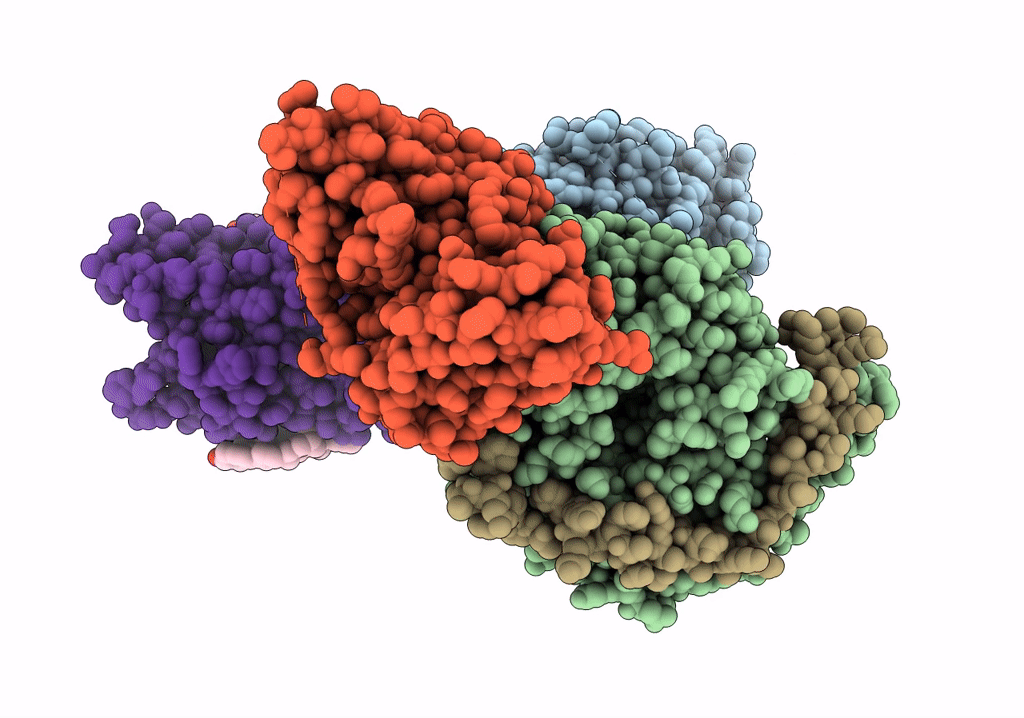
Deposition Date
2019-04-19
Release Date
2020-02-26
Last Version Date
2025-05-14
Entry Detail
PDB ID:
6OMM
Keywords:
Title:
Cryo-EM structure of formyl peptide receptor 2/lipoxin A4 receptor in complex with Gi
Biological Source:
Source Organism:
Homo sapiens (Taxon ID: 9606)
synthetic construct (Taxon ID: 32630)
synthetic construct (Taxon ID: 32630)
Host Organism:
Method Details:
Experimental Method:
Resolution:
3.17 Å
Aggregation State:
PARTICLE
Reconstruction Method:
SINGLE PARTICLE


